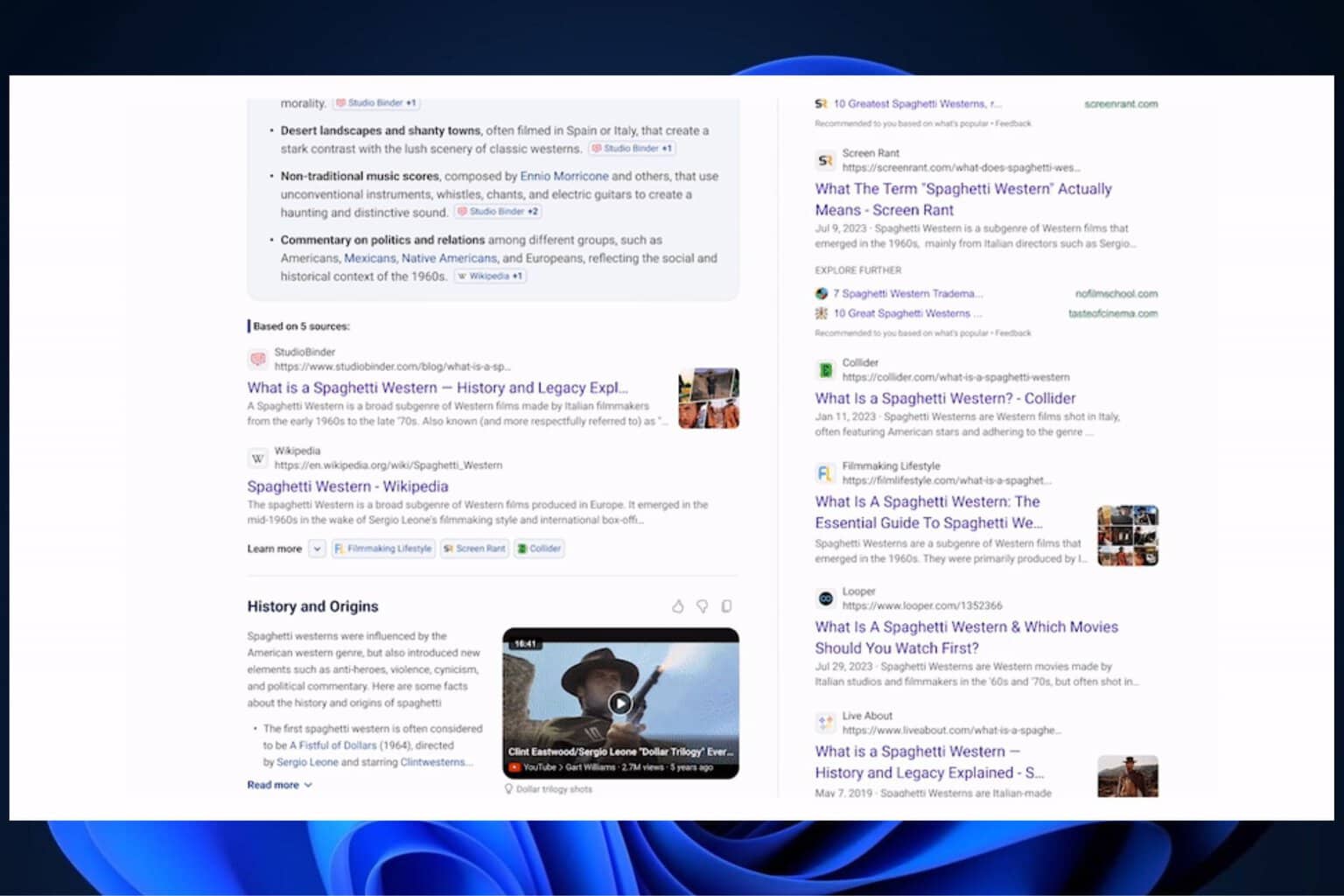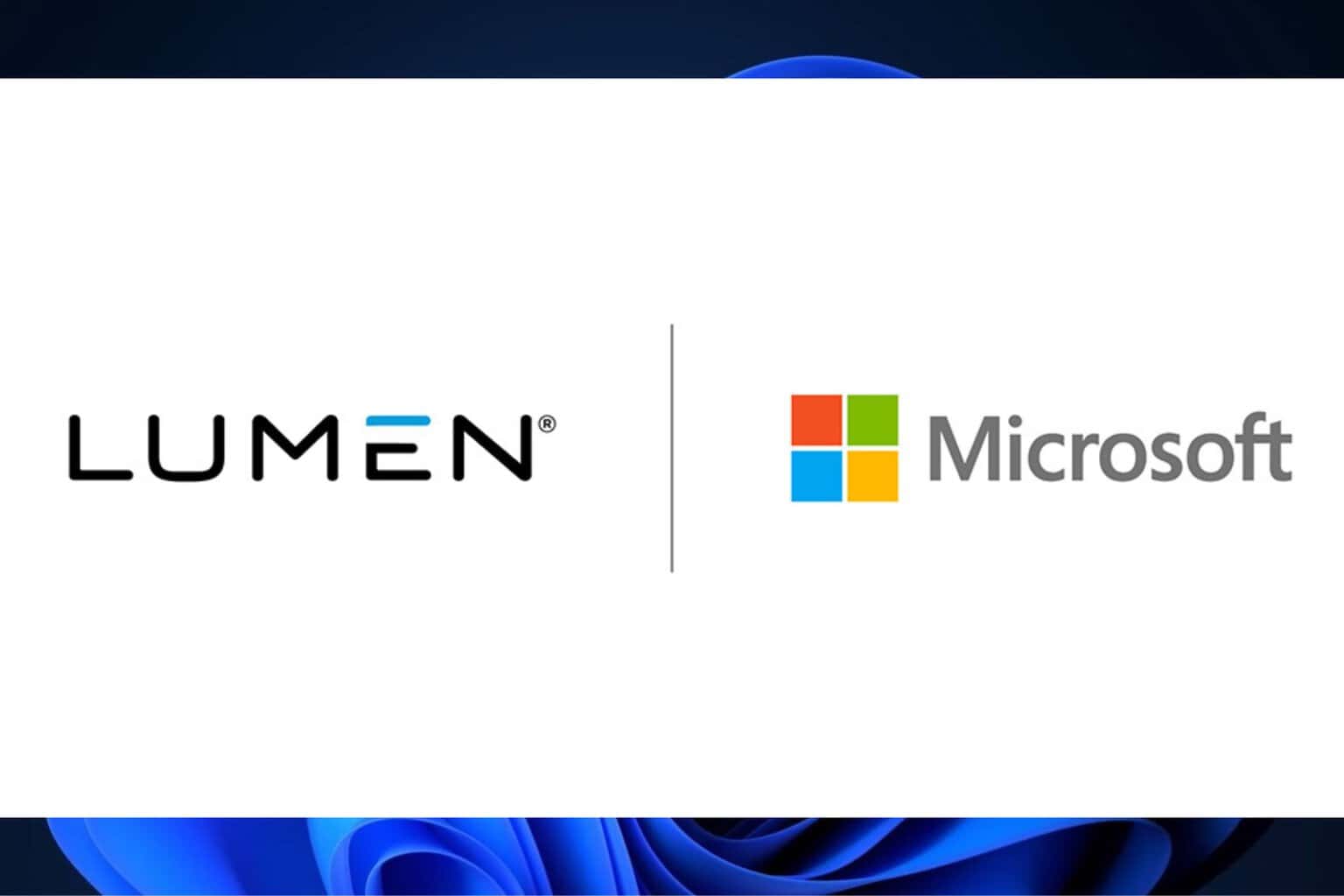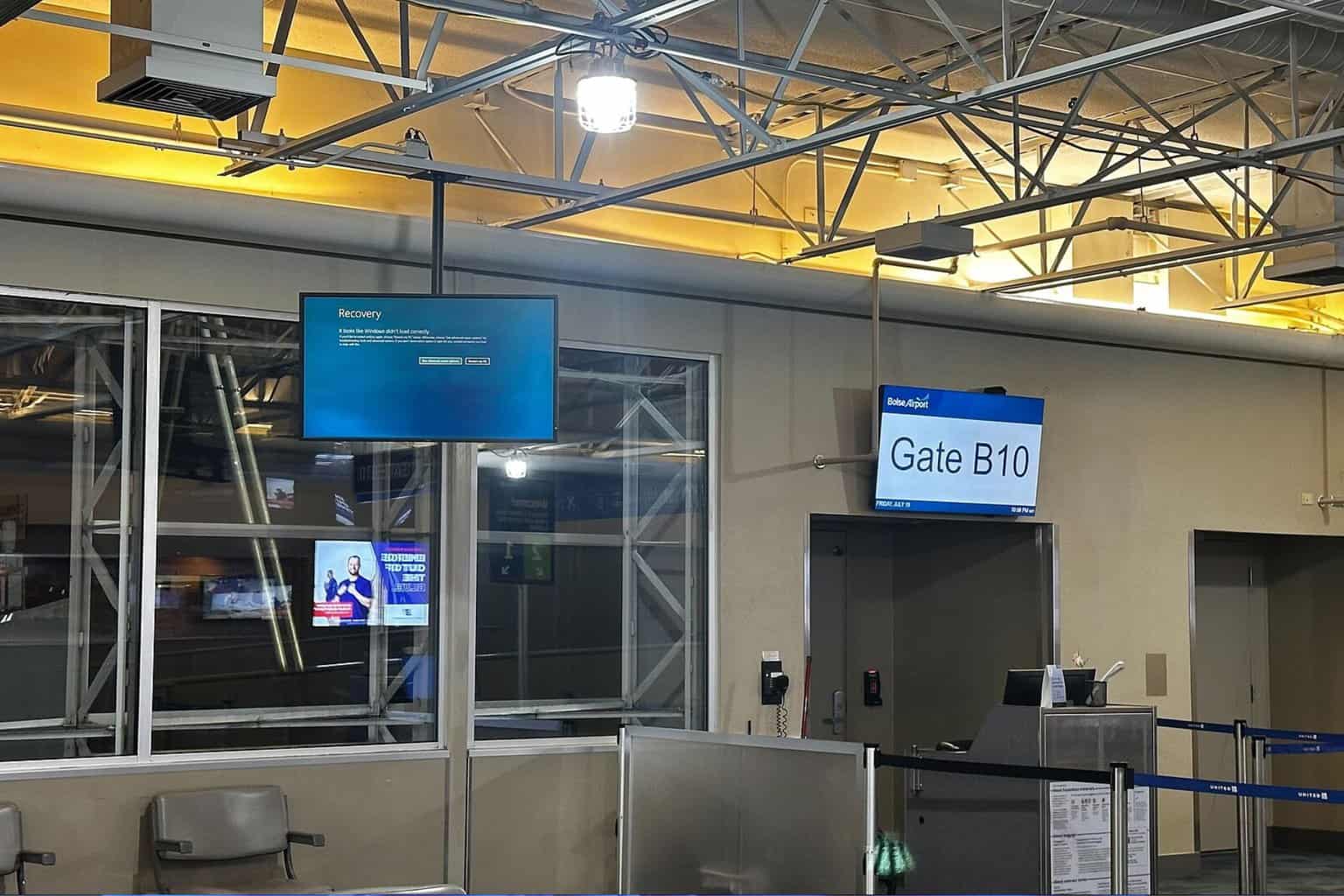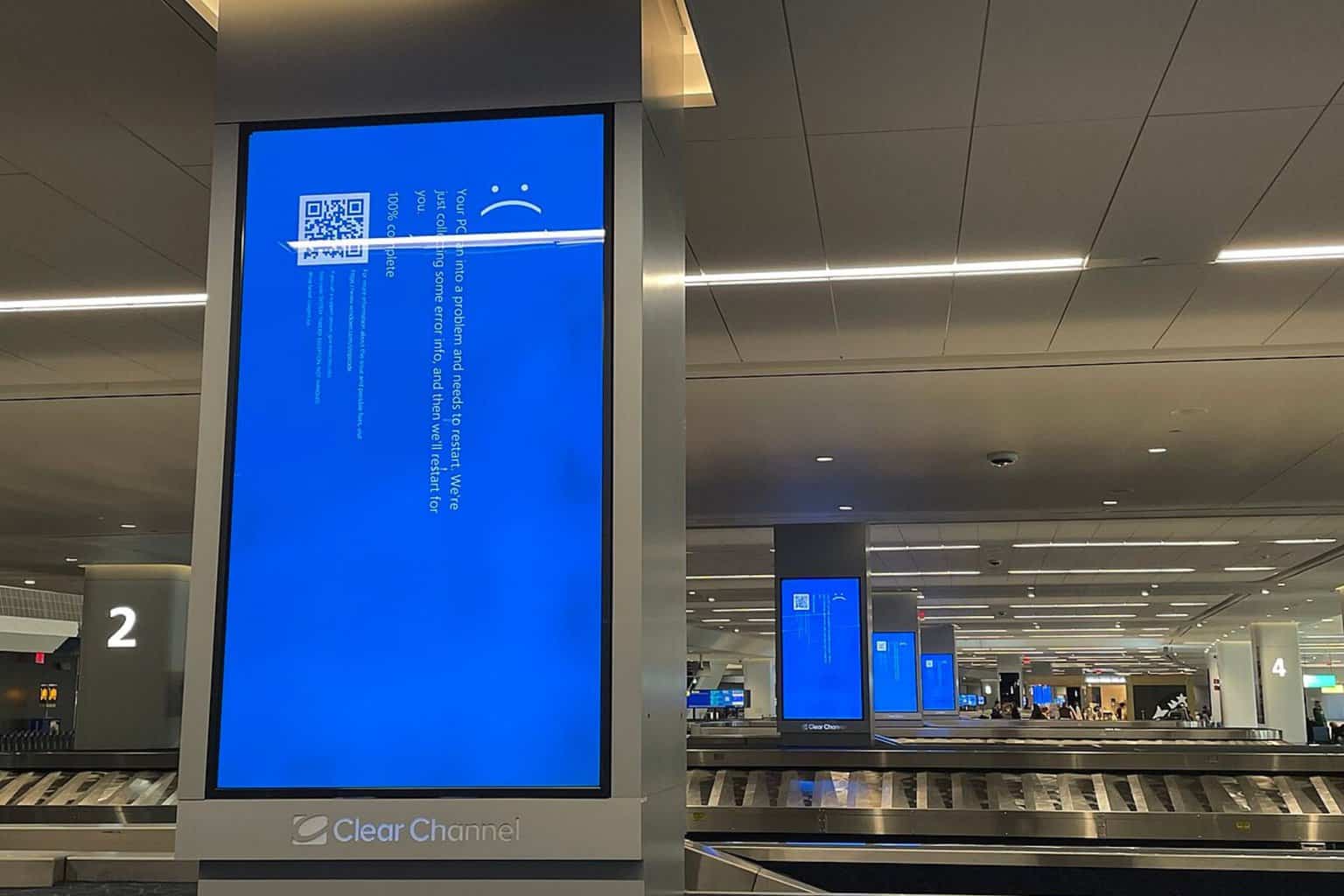Windows Server 2008 and 2008 R2 end of support coming in July
2 min. read
Published on
Read our disclosure page to find out how can you help Windows Report sustain the editorial team Read more
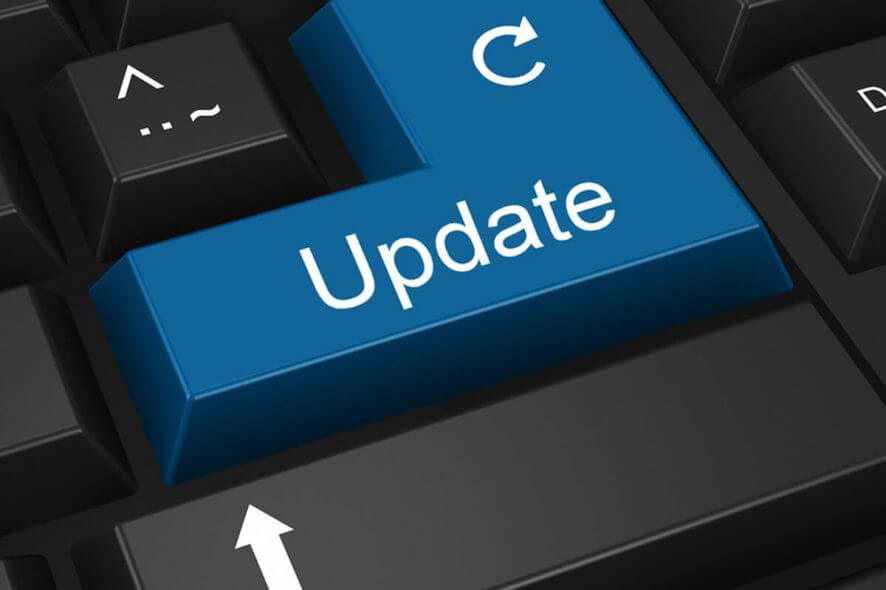
Last year, Microsoft announced the end of support deadline for Windows Server 2008 and 2008 R2 as well as SQL Server 2008 and 2008 R2. Microsoft clearly stated these systems would stop receiving updates on January 14, 2020, and July 9, 2019, respectively.
This means all the organizations who are still using these server versions will stop receiving security updates and patches beyond the end of support deadline.
Cyber attacks and, most importantly, ransomware attacks are common these days. These type of attacks can be seriously damaging especially for large enterprises and organizations. They may end losing sensitive information and even a handsome amount of money.
So, your systems are more prone to such type of attacks if you are running unsupported software versions. The attacks often take advantage of known vulnerabilities that exist in your system.
What should you do?
If you are also running unsupported Windows Server versions, don’t worry, you have enough time to develop an effective mitigation plan. We are going to discuss some of the possible solutions that you may adopt for your organization.
Upgrade your software
Many users and organizations are often reluctant to go for an upgrade. Keep in mind that an upgrade guarantees additional security, saves cost and improves overall performance.
As the end of support date is approaching, you should consider an upgrade to the latest version of SQL Server and Windows Server.
Jump to Azure
Here is an alternate solution for you if you don’t want to upgrade. A better solution is to move to the Azure platform. You don’t need any changes to the source code while moving Windows Server and SQL Server to Microsoft Azure.
You may prefer to choose none of these options. In that case, you will have to pay an additional cost to receive extended security updates on your systems.
Microsoft offers three years of extended security updates to users who pay 75% of the existing OS cost.
It’s now up to you which path you follow. But it is recommended that you should not leave your systems vulnerable to cyber attacks.
RELATED POSTS:


